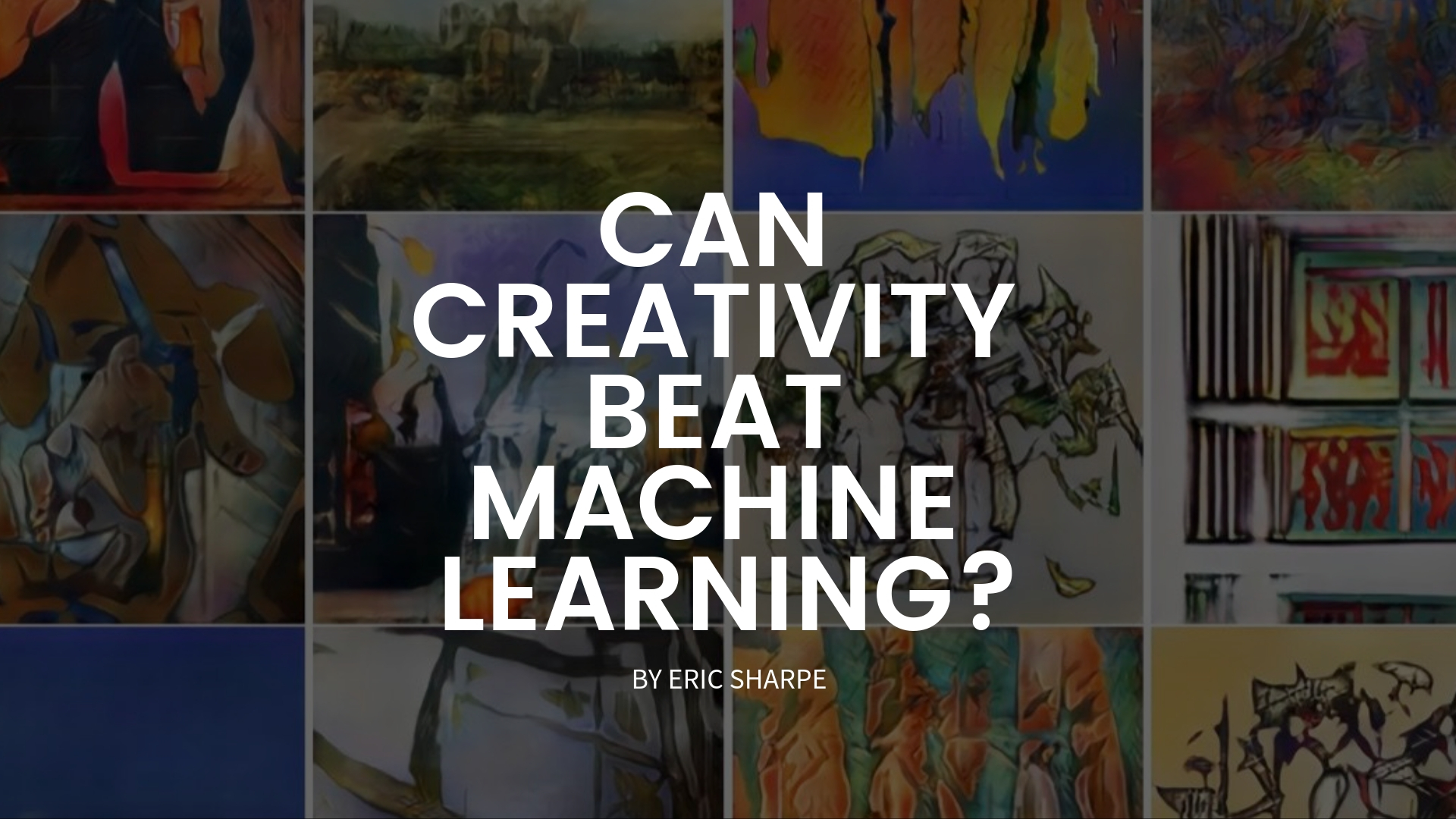
Can Creativity Beat Machine Learning?
Most of us might have heard of automation becoming ordinary in a range of human jobs. The capacity of what the technology can do quicker and more effectively than us improves daily. However, tasks that were supposed to remain limited to humans, those that contain artistic judgment and creativity, are now also being occupied by AI and machine learning.
One of the primary examples of artificial intelligence designing human art is that of AAIL (Rutgers University’s Art and Artificial Intelligence Lab). In this lab, two paintings were created – one by machine and other by a human artist. Through a unique Turing test performed by an experienced Professor of AAIL, it was confirmed that the images formed by the program were identical to the handmade canvases when reviewed by humans. At this stage with the participation of artificial intelligence in the formation of art, a question regularly arises – “Is art really art if it was not created by a person?”
This is the primary step toward understanding whether art created by a robotic machine that possesses artificial intellect can efficiently be known as a real piece of art. To make this separation, there is a need to leave behind a generally-accepted description of art. However, there is no solo definition of art.
Art can be anything that invites human thought and reflection. Many other definitions may highlight the significance of the human touch — a built-in, creative and personal skill without the claim of which a piece of art can’t be considered art.
Another description of art provided by the dictionary efficiently shows the significance of the human quality in art. According to Dictionary.com, ‘art is the application or expression of human creative imagination and skill, normally in a visual form like sculpture or painting, producing works to be valued primarily for their emotional power or beauty’. There are many terms in this description that make art naturally human. For example, the importance of ‘human imagination and creative skill,’ imagination being the keyword highlights the need for a person’s contribution to the formation of art.
What makes work of art precious is not just the output. Generally, the labor and process that goes into human attainment are just as significant and dear as the end result. For example, we respect the story of artists, musicians, writers and each creative human because of their individual struggles, how they conquer life’s challenges and find motivation from everything they have been through. That is the true character of human art. It is something that cannot be robotic, even if we get the always-elusive universal artificial intelligence.
Even though artificial intelligence can create images, music, videos and other creative work that surpass the level of an individual artist’s understanding of creativity, there doesn’t need to be any substitute of human initiative.
In contrast, artificial intelligence can and should be viewed as an apparatus to increase human activities in the field of creativity, as it does in any other field. Just like a paintbrush, machine learning facilitates creative expression by being the means to an end. Artificial intelligence is one of the intonation points in the development of artistic expression throughout the centuries. In the near future, it may even guide us to unexpected domains of important human creativity.



